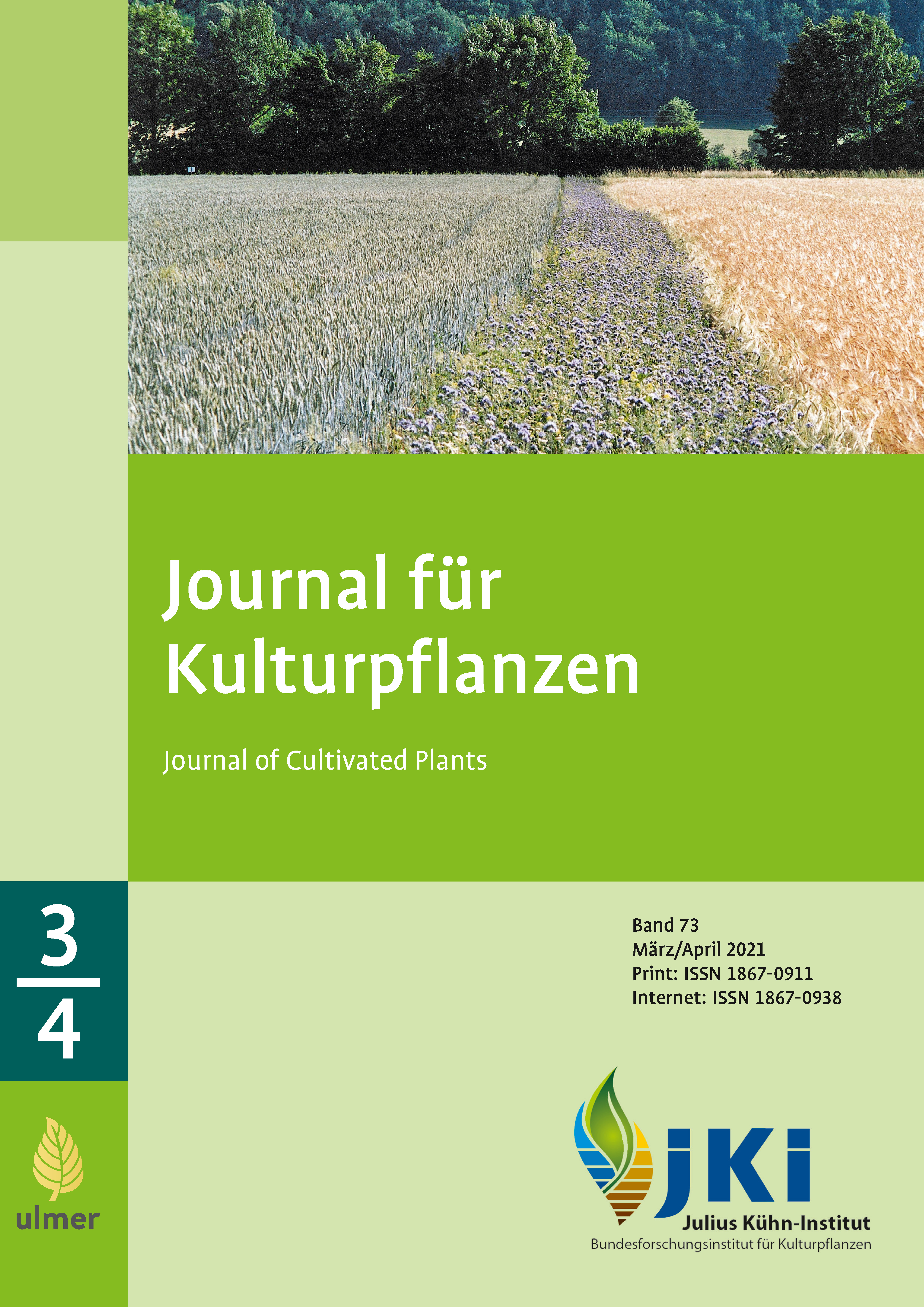Dually-beneficial habitats serve as a practical biodiversity mainstreaming tool in European crop production
DOI:
https://doi.org/10.5073/JfK.2021.03-04.01Keywords:
agro-ecosystem services, disservices, agriculture, semi-natural habitats, mainstreaming biodiversity, landscape management, precision agriculture, precision conservationAbstract
Semi-natural habitat creation in Europe is a tool to address habitat loss, caused by agricultural landscape simplification. Research on habitats is mostly conservation-centered, while studies on their delivery of multiple agro-ecosystem services are limited. However, knowledge about these habitats’ suitability for production could make them a practical biodiversity mainstreaming tool. This paper identifies potential dually-beneficial (db) habitats for use in cereals, oilseed rape, and sunflowers, the three major EU arable field crops. They are often grown in simplified landscapes, where the need for improved biodiversity connectivity at landscape level is high and their integration expected to be most effective. The paper provides a qualitative survey of the db-habitats effects on agro-ecosystem services and disservices while addressing trade-offs and synergies thereby using an ecology-focused agro-ecosystem services and disservices framework. Four differently suitable db-habitat groups were identified: 1. Uncropped fields/subfield areas, 2. Managed fields/subfield areas, 3. Managed flower areas and 4. Managed margins.
Published
Issue
Section
License
Copyright (c) 2021 The author(s)

This work is licensed under a Creative Commons Attribution 4.0 International License.
The content of the journal is licensed under the Creative Commons Attribution 4.0 License. Any user is free to share and adapt (remix, transform, build upon) the content as long as the original publication is attributed (authors, title, year, journal, issue, pages).
The copyright of the published work remains with the authors. The authors grant the Journal of Cultivated Plants, the Julius Kühn-Institut and the OpenAgrar repository the non-exclusive right to distribute and exploit the work.







